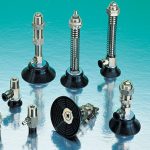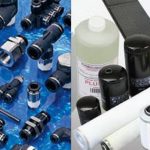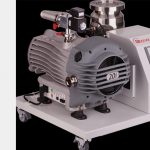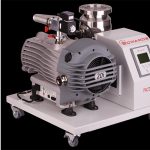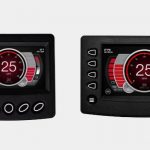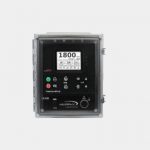Hydraulic manifolds come in two basic types: the single-piece design that contains all of the valves and passages needed in a single metal chunk, and the modular design where each block contains exactly one valve and the various passages needed for that one valve to work. Each has their own advantages; in this article, we’ll discuss the benefits of choosing a single-piece hydraulic manifold.
Single Piece Manifolds come in two basic kinds: ‘lamniar’ and ‘drilled-block.’
Laminar Type Manifolds are composed of multiple layers of metal with holes drilled in them such that when the layers are brazed together, they form the necessary passages. As each layer is formed, the necessary mechanics of each valve are put in place. There is no limit to the number of valves — or the size of valves — that can be mounted in a laminar type manifold.
Laminar manifolds can withstand pressures of up to ten thousand psi, and can be custom-designed for any task. Because of the brazed construction and permanently shaped passages, however, it cannot be modified if changes become necessary; it must be replaced entirely. Laminar manifolds are generally more expensive than drilled-block manifolds as well.
Drilled-Block Manifolds are similarly custom-made for specific applications, and also cannot be altered after creation. Most often made from a single slab of iron, steel, or aluminum, a number of straight passages are drilled to create the flow passages and to provide the space necessary to insert the valves and other moving parts. Some such manifolds use threaded passages to screw the machinery into place; others lock the parts into place using plates attached to the manifold’s surface.
Drilled-block manifolds, being single metal pieces, can with stand more pressure than the valves within them are able to — meaning they’re effectively unbreakable, as in almost any case, a hydraulic valve will give out and the fluid will be ejected before the manifold itself cracks. They’re also the least expensive kind of manifold to produce, in general.
Single-piece manifolds in general have the advantages of withstanding greater pressures and being less expensive than modular manifolds. To learn the advantages of modular manifolds, come back next time for Part II.











